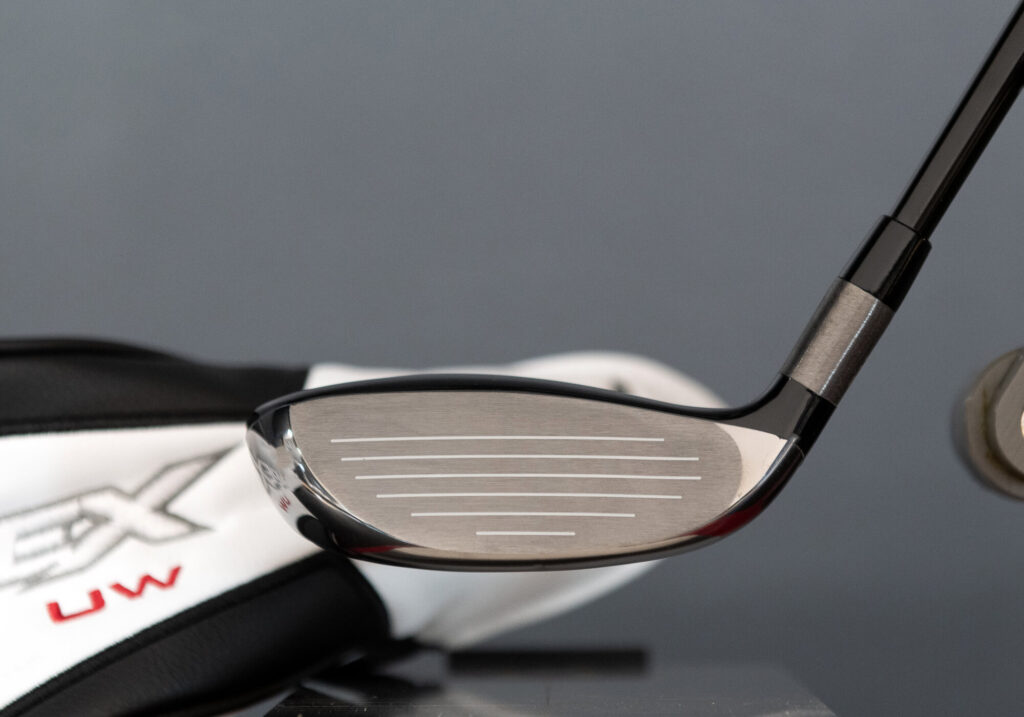Chris Kirk’s Golf Bag: Mastering the Art of Club Selection
When you’re putting together your golf bag, one of the first things you probably check is the loft on each club. It’s like the golden rule: “Make sure your lofts don’t overlap.” Right? Typically, most setups have lofts separated by at least 3 to 4 degrees to maintain consistent yardage gaps. But here’s a twist: PGA Tour pro Chris Kirk has a different take on things. He’s rolling with a 5-wood and a hybrid that have nearly the exact same loft. Intrigued? Let’s dive into his unique approach and see how we can learn from it.
Chris Kirk’s Winning Setup for 2025
Okay, let’s unpack what’s actually in Chris Kirk’s bag for the 2025 season. This guy’s got six PGA Tour wins under his belt (including a recent victory at the 2024 Sentry) and has earned more than $34 million. So, there’s gotta be something to his choices, right? Here’s the rundown of what’s making it work for him:
- Driver: Callaway Paradym Ai Smoke Triple Diamond – 8.5°, Fujikura Ventus Blue 6 TX
- 3-Wood: TaylorMade Qi35 – 15°, Fujikura Ventus Blue 8 TX
- 5-Wood: TaylorMade Qi35 – 18°, Fujikura Ventus Blue 8 TX
- Hybrid: Callaway Apex – 18° (set to 19°), Fujikura Ventus Blue 8 TX
- Irons: Callaway Apex MB – 5–9, True Temper Project X LZ 125 6.5
- Wedges: Callaway Opus – 46-10S (bent to 47°), 50-10S, 56°, True Temper Dynamic Gold S200
- Wedge: Callaway Opus Raw – 60°, True Temper Dynamic Gold S200
- Putter: Odyssey Ai-ONE #7S
Why Chris Rocks Two Clubs with Similar Lofts
At first blush, having a 5-wood and a hybrid that are nearly identical in loft might seem a bit like overkill. The hybrid’s set to 19 degrees, just a degree difference from the 5-wood, which seems like splitting hairs. But here’s the kicker: loft isn’t the only player in the game. Factors such as shaft length, head design, center of gravity, and even face technology all contribute to how these clubs perform.
5-Wood: With a longer shaft and bigger head, this beauty helps you launch the ball and get more carry. It’s perfect for those tight par-4 fairways or when you’re aiming to reach a par-5 in two shots.
- Hybrid: This club has a shorter shaft and a more compact design, which provides better control, especially from tricky lies. Think of it as your go-to for long par-3s or when you need a reliable escape plan in the rough.
What Amateurs Can Learn from Kirk’s Setup
If you’re scratching your head about which clubs to keep in your bag, take a cue from Chris Kirk. Here are some key takeaways that might just help you fine-tune your own setup:
Test in Real Conditions: Sure, launch monitors give you stuff to think about, but they don’t replicate actual play. Try out your clubs in various conditions—tough lies, deep rough, and fairways—to see how they perform in the real world.
Control Your Ball Flight: Having the ability to adjust your ball flight is a game-changer. Choose clubs that work well together instead of offering the same kind of performance. A higher flight with a soft landing can be just what you need in some scenarios.
Consider Turf Interaction: Hybrids tend to slice through thick grass better than fairway woods. If finding the fairway is a challenge for you, keeping a hybrid on hand could bail you out when you need it most.
- Rethink Loft Gaps: Don’t get too hung up on the concept of loft gaps. Just because two clubs have similar lofts doesn’t mean they’ll perform the same way. Different shaft lengths, head sizes, and CG placements can all drastically change how the ball behaves.
Final Thoughts: The Art of Crafting Your Golf Bag
Chris Kirk’s bag serves as a fantastic reminder that your golf setup should be a toolbox, not just a collection of clubs. Sometimes, having two clubs that look similar on paper can actually prepare you better for the challenges you’ll meet on the course. So when you’re building your own set of clubs, remember—it’s not just about the lofts. It’s about making smart choices that suit your game.
By taking a page from Kirk’s playbook, you might just discover a new level of confidence on the course. Happy golfing!


